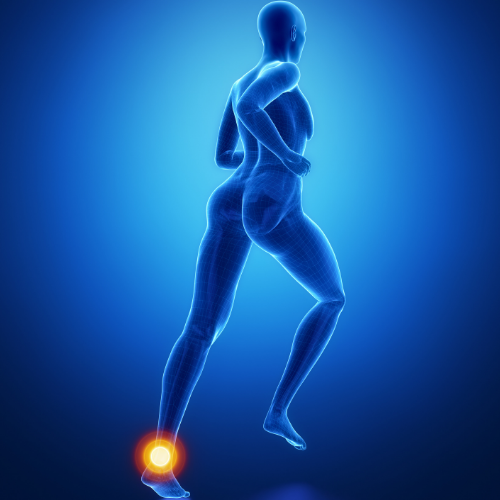
Joint flossing not only helps me and my clients’ healing journey, it also helps me understand the body better as a physical therapist. Our movement patterns involve joints moving in certain ways. It teaches us that each building block of a movement pattern is important for the way we move and our body to thrive. – Nick Keekstra
Recently I was asked by a colleague why Joint Flossing can be profound in helping people recover movements and for resolving pain.
Here is the short answer:
Toggling between end ranges of motion stimulates the nervous system. This can restore balanced homeostasis when the source of imbalanced homeostasis is due structural correlations.
The longer answer:
As human beings we all will experience a spectrum of stress, strain and trauma. Our nervous system responds to these events. That response is a coping strategy based on the best choices with available resources.
Joints and the surrounding connective tissue structures have various densities of an array of receptors. These receptors communicate the state of our structure and movement. When stress, strain or trauma occurs, some of these receptors will become up-regulated or hypertonic as a response to the circumstances of that stress, strain or trauma.
When an individual or group of receptors become hypertonic, there is a need and resources are delegated to meet the need of the upregulated receptors. Another group of receptors will give up their resources to meet that need. This is the process of homeostasis.
Joint Flossing is stimulating the receptors in the targeted region. When we toggle between the hypertonic receptors and the receptors that are giving up their resources, also known as hypotonic response, the nervous system recognizes this relationship and can restore balanced homeostasis.
When the receptor balance is restored, the structure can restore as well. There is a bi-directional loop of the nervous system informing structure and the structure informing the nervous system. When the structure has balanced homeostasis, tissues can regenerate, and the nervous system has capacity to respond to movement. This restores the capacity to generate force production.
It becomes important to recognize that muscular capacity or force generation is a byproduct of neural drive. The nervous system controls muscular output. Additionally, muscles are at the bottom of the food chain in the hierarchy of the sensory motor system. This makes muscle response a good benchmark for assessment. However, often muscles themselves are not the reason why there would be structural imbalance.
To go higher up the hierarchy we would start with joint receptors and their influence on muscle response. This is why Joint Flossing and movement can have such a profound effect on an individual’s experience.
We need to be fluent in the vernacular of joint flossing so that we have the capacity to respond optimally to movement. This inturn translates to our ability to help our clients and patients.This is also why you need to be fluent in the vernacular of Joint Flossing.
In September 2021, I’m offering a Movement Mentorship program. We will go through the body joint by joint exploring the relationship of open chain/closed chain/open chain joint flossing. This restores the fundamental building blocks of movement. Once these fundamental building blocks are in place, then we can assemble those components into combinations of movement that require multiple joint coordinations. Everyone that has gone through the progression of joint flossing programs has had epiphanies of lost capacity of movement that they did not realize was unavailable. These are the kinesthetic blindspots that cause less than optimal movement coordinations that result in future stress,strain and trauma.
Learn more and register for the 6 month Movement Mentorship program.